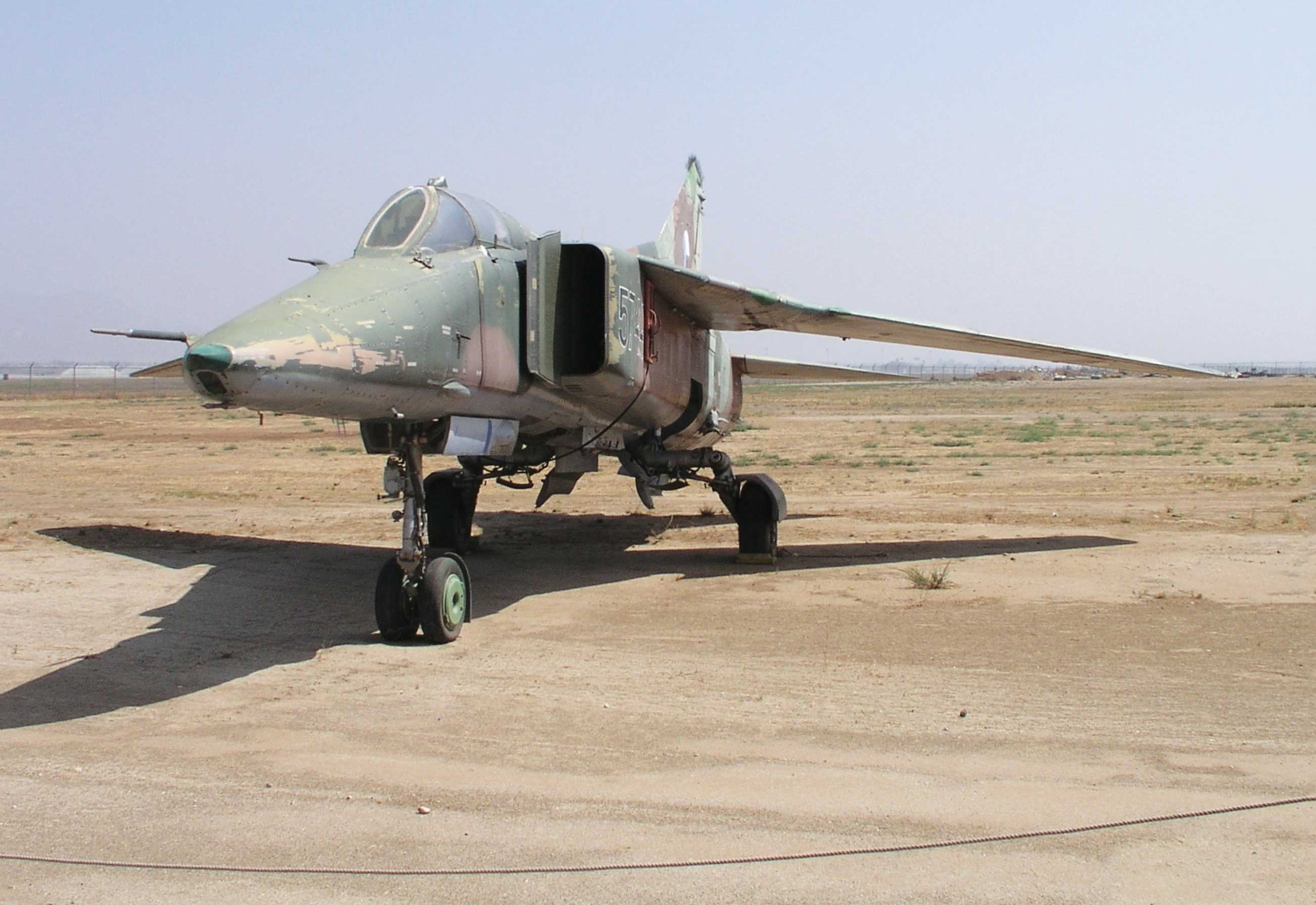
AS INDIA embarks on a quest to boost its currently paltry arms exports, the Latin America-Caribbean region offers India both markets and potential partnerships. India is not a stranger to the Latin America-Caribbean (LAC) arms bazaar, and its efforts have been rewarded with some successes, with vehicles and helicopters securing sales among the region’s military and police forces.
Nonetheless, these sales represent but a small step and there is considerable potential for both enhanced sales and joint ventures in the defence sphere. Among the successes, there have also been embarrassing quasi-failures which, while not fatal to India’s desire to enhance defence exports in the region, have demonstrated the need for a more systematic and coordinated approach with appropriate support from the Indian Government and financial institutions.
India’s trade with Latin America-Caribbean has grown at roughly the same rate as China’s in the 21st century, though its volume is ten times less. However, India’s defence relationship with the region is relatively static and compared to China’s determined push to forge links with the military leadership in the region, through bilateral contact and training as well as arms sales, has been much more reticent. India has so far taken very tentative steps to strengthen military-to-military relations and its arms sales to the region. While this may be understandable given that there are capable arms industries in several countries – Brazil, Chile, Peru and Colombia (with Argentina maintaining prowess despite a decline in its indigenous defence manufacturing) – with well-developed military education systems too, there is ample scope for enhanced cooperation and arms sales to the smaller nations of the region which lack such facilities, and which have pressing needs that can benefit from Indian support, financial assistance and possible equipment transfers. Even the larger countries may see benefit in forging partnerships and joint-ventures with the Indian companies.
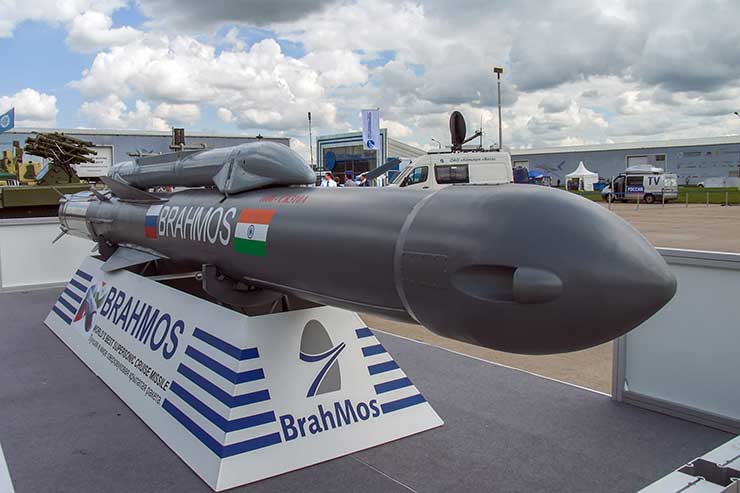
The Latin America-Caribbean region includes the tiny islands of the Caribbean, many English-speaking, the Guianas – Guyana, Suriname and French Guyana – and the small nations of Central America, south of Mexico. In all of these countries, India has much to offer in respect of training, equipment (lethal and non-lethal) and overall security cooperation. Indeed, as the potential for pirate attacks increases in the region and the spectre of terrorism looms large, Indian expertise in these spheres could be of considerable interest to the region. Furthermore, the United Nations peacekeeping operations provide the opportunity for enhanced cooperation as Brazil, Uruguay, Argentina and Colombia have contributed extensively to the UN peacekeeping forces worldwide. The armed forces of smaller Caribbean countries such as Trinidad & Tobago and Jamaica served with distinction during peacekeeping operations in Haiti. In the quasi-related spheres of disaster management and humanitarian assistance, Latin American and Caribbean forces routinely undertake such activities and could again benefit significantly from the Indian experience in this regard with the exchange of personnel and exercises. This would inevitably lead to a higher Indian defence profile in the region, possibly facilitating Indian defence sales in due course.
In stark contrast to China, India’s military training links with the region are limited. China has actively encouraged officers from the region to attend its training schools for specialised and staff training. India has not accorded sufficient priority to the same with an attendant absence of presence and profile in the region. China’s policy of encouraging military training links has built up a cadre of officers who may now be open to considering purchase of Chinese weapons, and it may be no coincidence that China’s arms sales to the region have soared. These sales have been supported by a sustained Chinese diplomatic effort which has targeted not just military stipulated requirements but also the political leadership of certain countries, such as Argentina, Bolivia and Venezuela, who have been amenable to Chinese arms sales as a way of asserting independence in an area hitherto dominated by the influence of the United States.
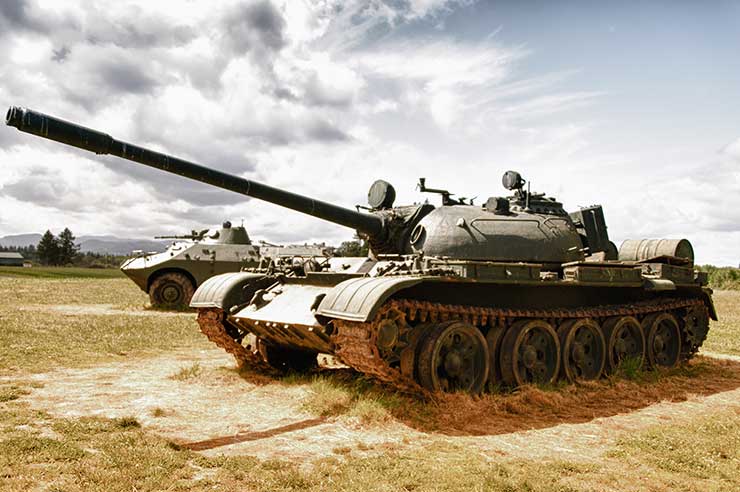
India’s arms sales to the Latin America-Caribbean region, by way of comparison, have been limited and represent a combination of commercial sales through private sector companies and sales from the Indian defence public sector undertakings (DPSUs). It does not seem, however, that these sales were part of a cohesive arms export drive in the region. In the absence of the required diplomatic and banking and possibly support from the Indian financial institutions, the scope for expanded sales is not as promising as it might otherwise be.
Among the more prominent sales of Indian defence products in the region have been:
The sale of two Mahindra Rakshak armoured vehicles and one Mahindra Rapid Intervention Vehicle to Guyana Police Force.
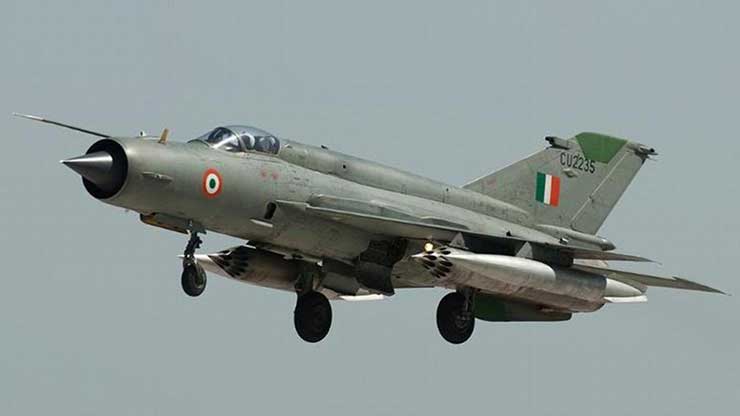
Seven Dhruv helicopters to Ecuador (now withdrawn from use following accidents), and Three Chetak helicopters to Suriname.
These sales are modest, but not insignificant. However, two sales have been plagued by some degree of controversy, occasioned in part by poor post-sales support and poor contract coordination with the purchaser. The sale of Dhruv helicopters to Ecuador was widely hailed, and rightly so, as a major breakthrough for Indian arms export. However, after a number of crashes (several of which were caused by pilot error), the helicopters were withdrawn from use, citing, among other things, poor spares support from Hindustan Aeronautics Limited (HAL).
The sale of Chetaks to Suriname was plagued by poor contract management and “financial and administrative obstacles”, which led to the helicopters being ready long before pilots were ready to be trained, leading to a delay in delivery of the helicopters. In addition, an apparent disconnect between the user and the supplier in negotiating the contract led to Suriname acquiring Chetaks rather than the Dhruvs that they reputedly preferred. It should be noted that on this latter point, HAL always seemed clear that it was selling Chetaks to Suriname rather than Dhruvs, but the issue remains a point of minor contention between the parties. Even the sale of the Mahindra Marksman to Chile has had its share of controversy as a litany of complaints about poor visibility, security flaws and off-road performance have been levelled at it, and it is not known if Mahindra & Mahindra is working on any remedial steps to overcome the criticism.
A Way Forward
India-LAC military ties can only progress and achieve their potential if there is synergy between India’s political and diplomatic establishments and the military/ military industrial leadership. To date, this has been sorely lacking. As a first step, for example, India could increase the number of training slots on courses offered to staff officers from the region’s armed forces. This could be done alongside an increase in the regional allocation for military engineering and cybersecurity courses that are currently on offer. Cooperation in defence research and development may offer some long-term potential but this requires an evaluation respective capability which has not yet been done.
If India is seeking to enhance defence sales to the LAC region, however, it faces an uphill challenge. This is partly because of the relatively well developed defence-industrial base in many of the larger LAC countries, but also because India has not established itself as a provider of such hardware on any meaningful scale. To overcome this, India could gainfully make gifts of its decommissioned military hardware. In doing so, India would be following in the footsteps of South Korea, Israel, the United States and the Netherlands which, through a combination of outright gifts, discounted sales and military assistance packages, have come to dominate the Latin American market.
India has made some tentative steps in this direction with gifts of OPVs to Sri Lanka, helicopters to Nepal, the Maldives, Bhutan, and Mauritius, and, in more recent times, T-55 tanks and Mi-25 gunships to Afghanistan. However, it is suggested that India should follow the South Korean example and sell or donate surplus military hardware with the intended aim of increasing its influence in those regions as well as laying the foundation for Indian arms exports in the future. If the aim is to increase influence, India may, like South Korea, have to make gifts of hardware or offer items at very low prices in order to achieve its objectives. In addition, India must be prepared to refurbish and overhaul items before transfer.
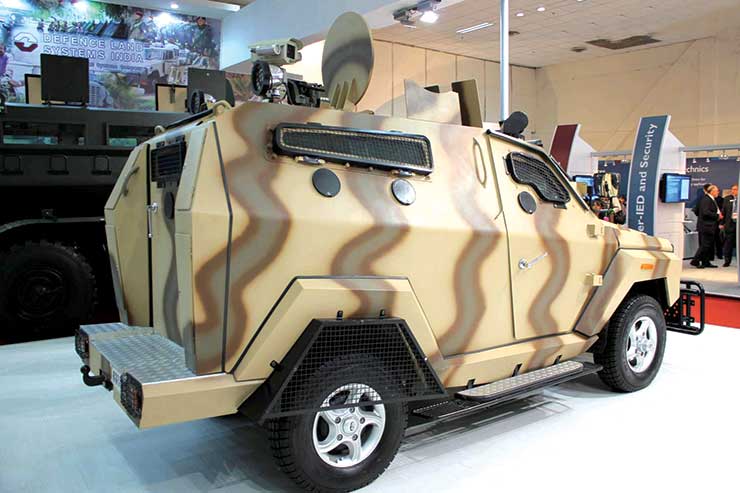
The obvious question would be: what can India offer? Indian T-55s could be a welcome addition to tank forces in Uruguay, Peru and Ecuador where the T-55 is already in service. Indian Vikram class OPVs could serve as useful assets for countries such as Costa Rica, Uruguay and even Panama or the Dominican Republic where they would join vessels of even older vintage.
The other item that India can consider transferring is combat aircraft. Over the last decade, India has decommissioned significant numbers of MiG-21
(-FL, M/MF and -bis variants) and MiG-23 (-MF and -BN variants). These types have served with distinction in Cuba and may prove to be attractive to Central and South American air forces unable to acquire new combat aircraft. What is more, India has, over the decades, acquired sufficient expertise at the repair and overhaul of this equipment and possesses a stock of spares that would make the transfer of such military equipment a viable and sustainable option for the recipient countries.
These “gifts” or discounted military items in and of themselves do not constitute “sales” but they pave the way towards establishing a presence and developing a practical working relationship with the military establishments of the LAC region. Moreover, if combined with adequate diplomatic support, these “gifts” could open the door to greater opportunities for Indian defence products, either through sales or through joint-ventures, to penetrate the LAC defence and security markets. While India’s efforts to date have been little short of pathetic, there is no reason why a new start cannot be made. There is little risk to India in this approach and potentially much to gain.
–The author is an independent defence analyst and attorney-at-law based in Trinidad and Tobago








